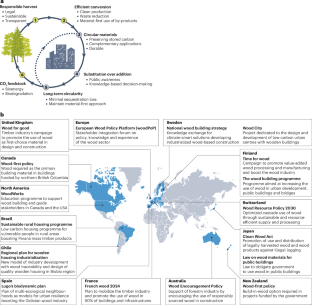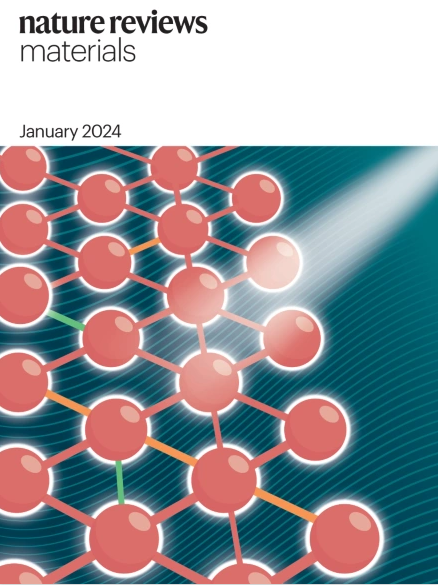关于循环利用森林生物量作为建筑材料的全球政策框架
IF 86.2
1区 材料科学
Q1 MATERIALS SCIENCE, MULTIDISCIPLINARY
引用次数: 0
摘要
木质生物资源是向循环生物经济过渡的关键材料,但在建筑等领域的广泛采用仍然滞后。政策差距、资源争论和公众信心有限阻碍了经济增长。全球倡议的蓝图可以帮助实现生物基材料的全部潜力。本文章由计算机程序翻译,如有差异,请以英文原文为准。


A global policy framework for the circular use of forest biomass as building materials
Wooden bioresources are key materials for the transition to a circular bioeconomy, yet widespread adoption, for example in construction, still lags. Growth is stalled by policy gaps, resource debates and limited public confidence. A blueprint for global initiatives can help realize the full potential of bio-based materials.
求助全文
通过发布文献求助,成功后即可免费获取论文全文。
去求助
来源期刊

Nature Reviews Materials
Materials Science-Biomaterials
CiteScore
119.40
自引率
0.40%
发文量
107
期刊介绍:
Nature Reviews Materials is an online-only journal that is published weekly. It covers a wide range of scientific disciplines within materials science. The journal includes Reviews, Perspectives, and Comments.
Nature Reviews Materials focuses on various aspects of materials science, including the making, measuring, modelling, and manufacturing of materials. It examines the entire process of materials science, from laboratory discovery to the development of functional devices.
 求助内容:
求助内容: 应助结果提醒方式:
应助结果提醒方式:


